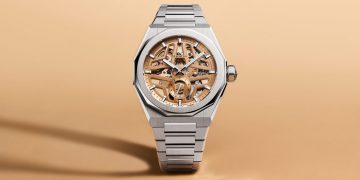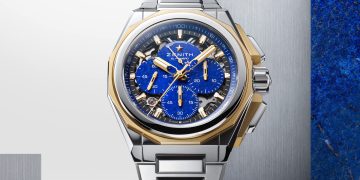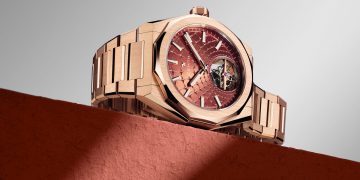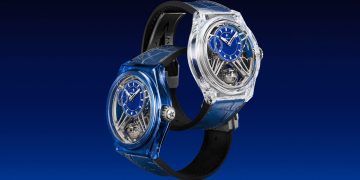Source: Images and content by A Collected Man @ ACollectedMan.com. See the original article here - https://www.acollectedman.com/blogs/journal/history-jaeger-lecoultre-reverso
https://cdn.shopify.com/s/files/1/0606/5325/articles/header_dbd48b91-caf8-4d85-9d8b-df914820b96c_1024x1024.jpg?v=1627995073
This year, a lot of attention has been given to one of the more notable anniversaries in the watch world. It was ninety years ago that the first Reverso appeared, and while it hasn’t had a completely smooth run, it has undeniably left its mark on horology. From its roots on the dusty polo fields of India to showcasing craftsmanship on its unique casebacks, this distinctive design has been on quite the journey.
While the watch collecting community readily celebrates origin stories, they are often partially fictional, having passed through the hands of communication departments, shaped and reshaped over time. However, the story of the Reverso seems to be one of those rare occasions where the romantic tale is the truth.
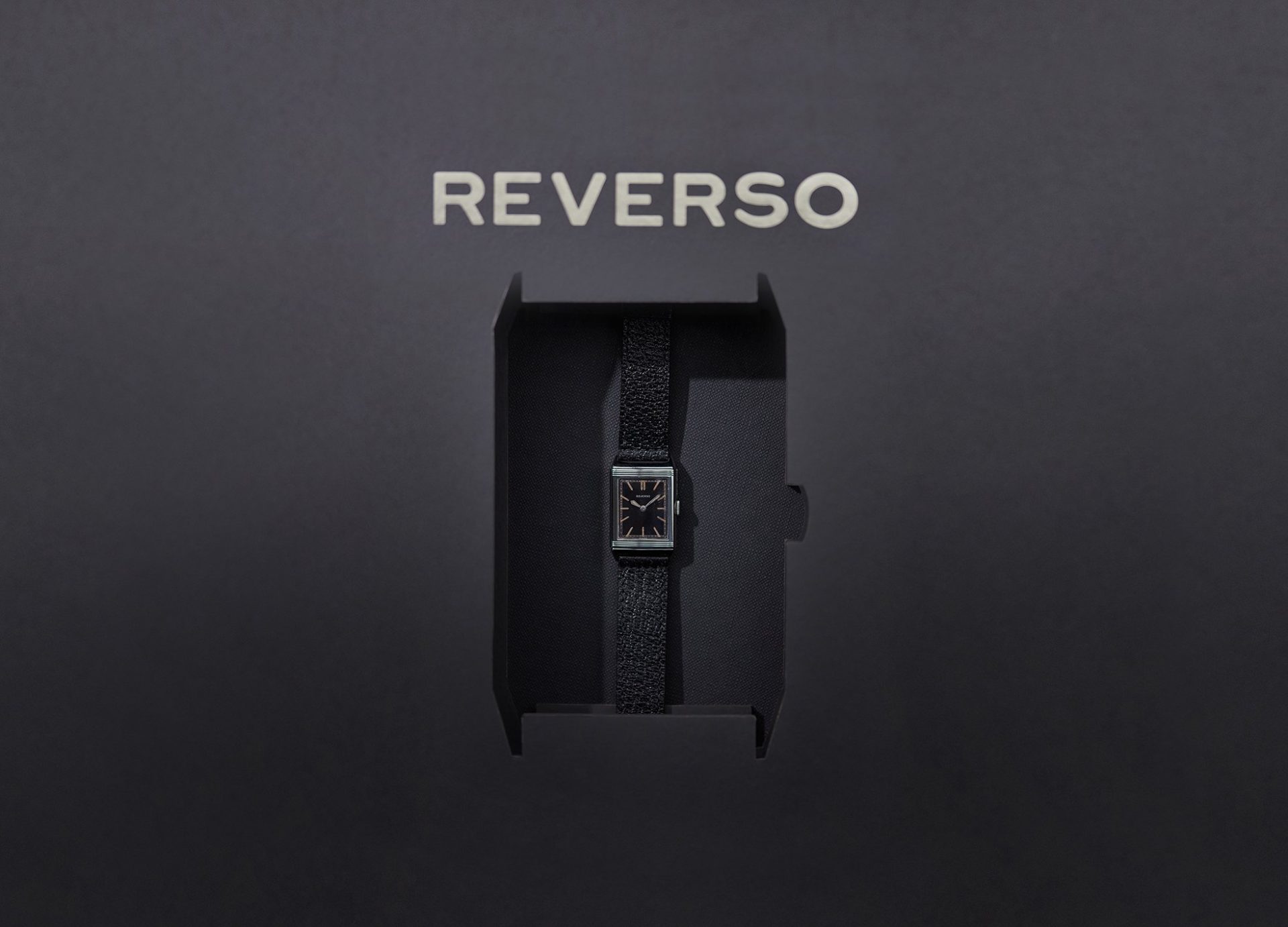
A piece that dates back 90 years.
Weighty tomes and lengthy articles have been dedicated to its design, but we thought we would look back on some aspects of its history, that we find the most interesting, while also trying to understand the appeal of the Reverso from a collector’s perspective. We were also given the opportunity to handle, study and photograph some of the pieces from Jaeger-LeCoultre’s archives, which made the process all the more enriching.
From Polo to Present Day
It’s an oft touted narrative that the Reverso began its life as a way for British army officers in India to protect the crystals on their watches during games of polo. This is true, but what gets less attention is the three men who led the charge for this watch, none of which were polo-playing members of the British armed forces. César de Trey, René-Alfred Chauvot and Jacques-David LeCoultre were the most heavily involved with its creation.
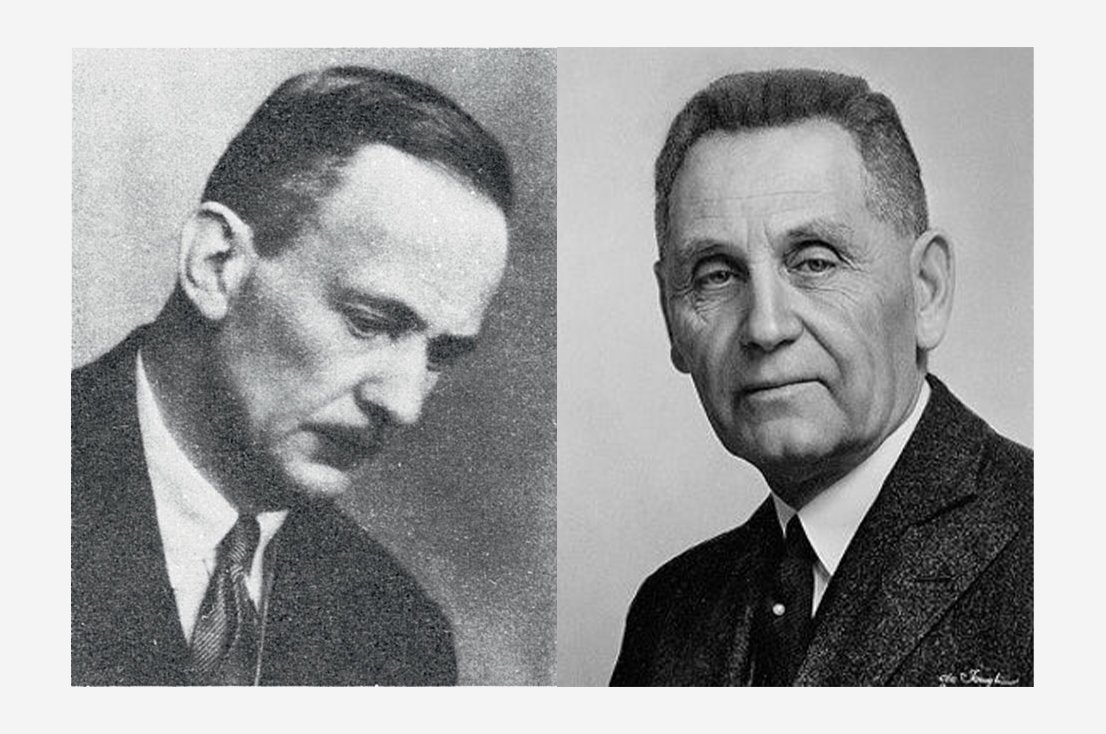
Two of the three men who sit at the heart of this story, César de Trey (left) and Jacques-David LeCoultre.
The first of this trio who should be introduced is César de Trey, a Swiss Businessman who made his fortune in dental equipment, yet whose passion lay in watches. Travelling the globe for both work and pleasure, he traded a few pieces here and there, and became known amongst the upper-classes for his horological interest. It was this notoriety that led to him being approached by a player at the British India Polo Club, who was concerned about the fragility of the timepieces worn while competing in the rough-and-tumble sport. This was, after all, the final years of the British Raj, so British officers were particularly present in this part of the world.
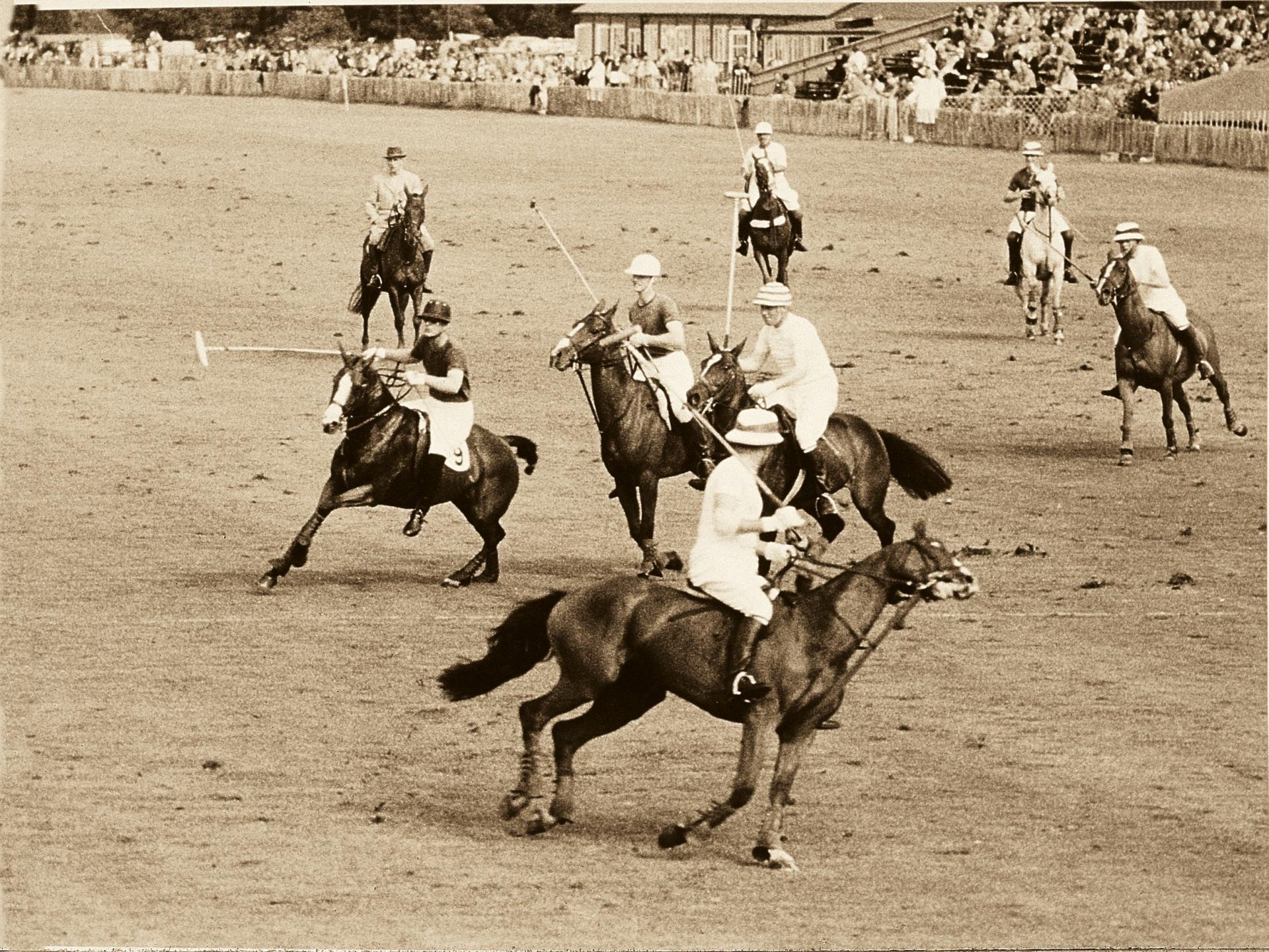
A rare image of a polo match taking place in Jaipur during the 1930s, courtesy of Jaeger-LeCoultre.
Captivated with the idea of protecting a watch in extreme conditions, de Trey went away to find the people who could help him bring the project to life. For the revolutionary case, René-Alfred Chauvot was approached, a French engineer who produced the first prototype of the swivelling case. The patent for it was filed at 1:15pm on March 4th, 1931, and just a few months later, on August 3rd, it was granted by the Directorate of Industrial Property and Ministry of Trade and Industry of the French Republic.
It wasn’t long after this, in November of the same year, that de Trey registered the name Reverso. The patents for the case were originally filed and owned by Chauvot, but it didn’t take long for de Trey to buy them off him, seeing the value in this unique protective system.
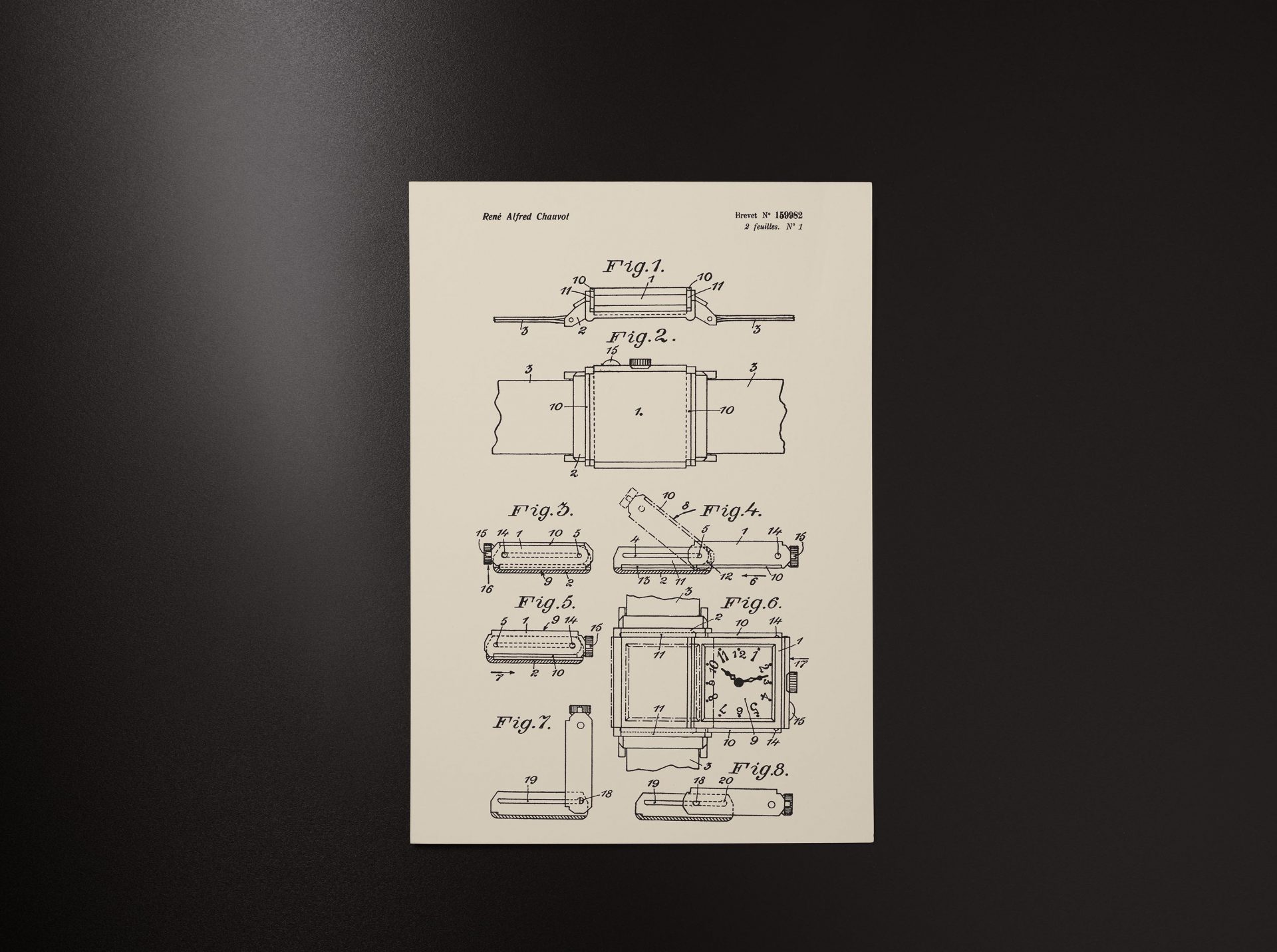
The original patent and technical drawings that Chauvot filed in 1931, courtesy of Jaeger-LeCoultre.
The final piece to this puzzle is the man whose name would finally end-up on the dial, Jacques-David LeCoultre. Owner of one of the few manufactures in Switzerland that was capable of producing a complete movement, from start to finish in the 1930s, LeCoultre was a very useful friend for de Trey to have. Tasked with building a calibre befitting the innovative case design, the team based in the Le Sentier set to work.
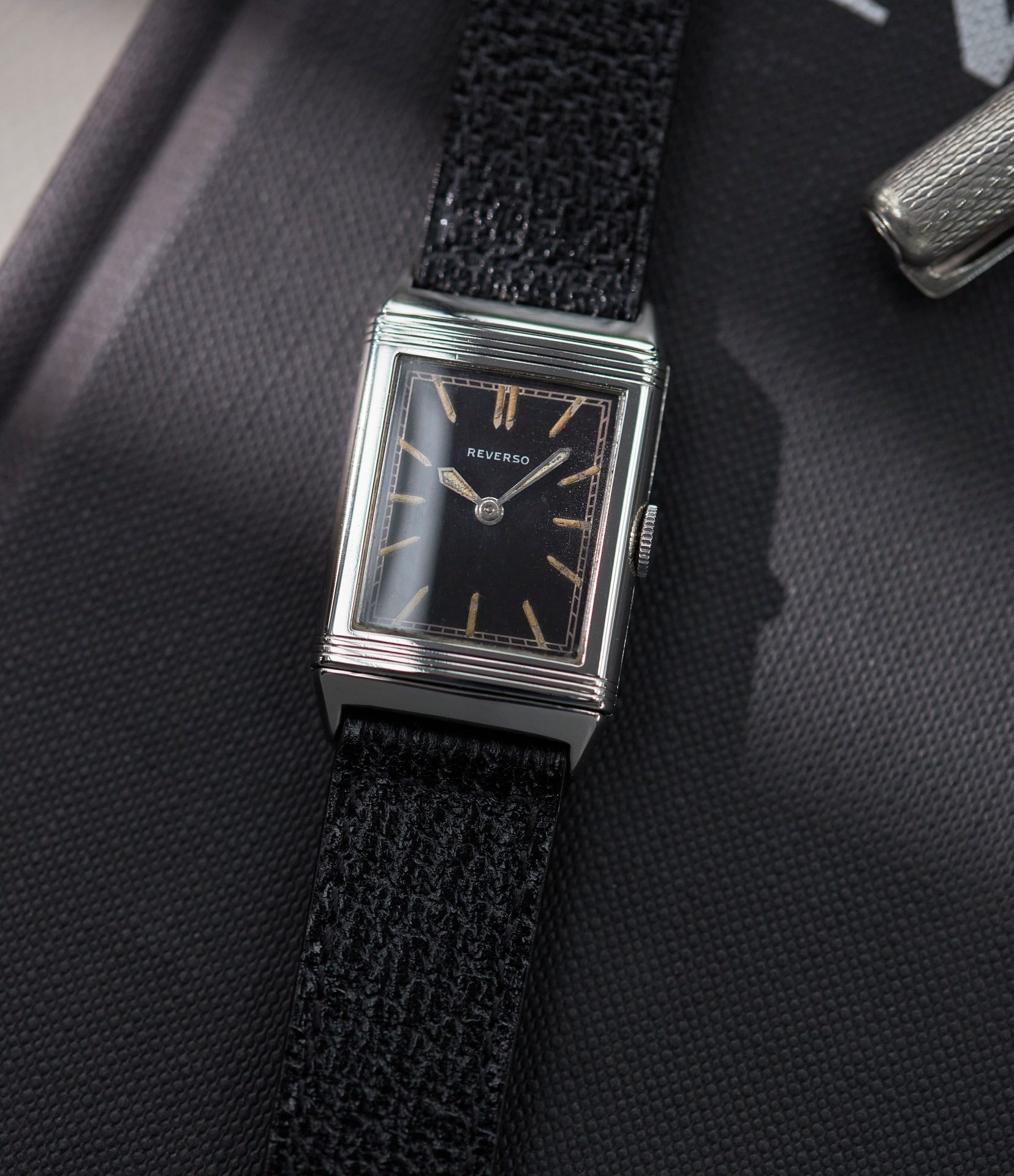
An original Reverso that left Le Sentier in 1931.
However, the development of the case progressed much faster than that of the calibre. The men behind this project didn’t want to equip it with a run-of-the-mill small, round movement, preferring something that would follow the curves of the rectangular case. The issue was that designing a new calibre from scratch was no easy task, even for LeCoultre, who were already supplying ébauches to multiple brands at the time, such as Cartier.
As a result, the very first examples of the Reverso do not house a LeCoultre movement, hence why many of them are simply signed “Reverso” on the dial. They were in fact run on calibres made by Tavannes, or rather a subsidiary of theirs called Lisica S.A. Some of these Tavannes-powered pieces were sent to India, to be put through their paces on the polo field. It wasn’t until 1933 that LeCoultre was able to fit its own movements inside, combining the work of the three men who first embarked on the project together.
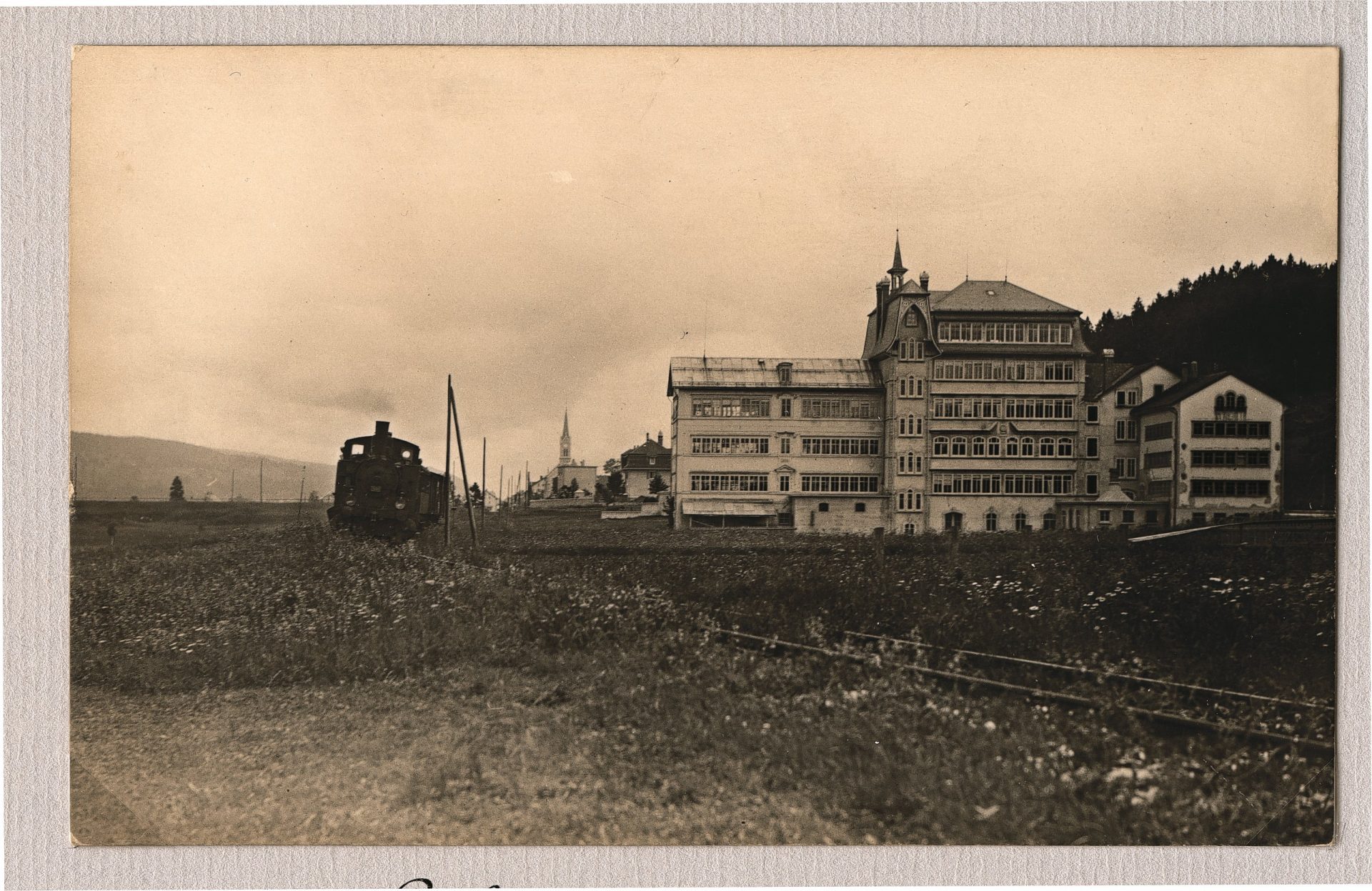
The Jaeger-LeCoultre manufacture around 1900, courtesy of Jaeger-LeCoultre.
It didn’t take long for this watch to leave its practical roots behind and for its aesthetic qualities to shine through. The 1930s saw the tail-end of the Art Deco movement, from the buildings shooting-up around the New York skyline, to the personal stylings of the affluent classes. Not only were men adopting this watch, as they began to warm to the idea of wearing a timepiece on the wrist, but women also became enamoured with the triple-gadroon design.
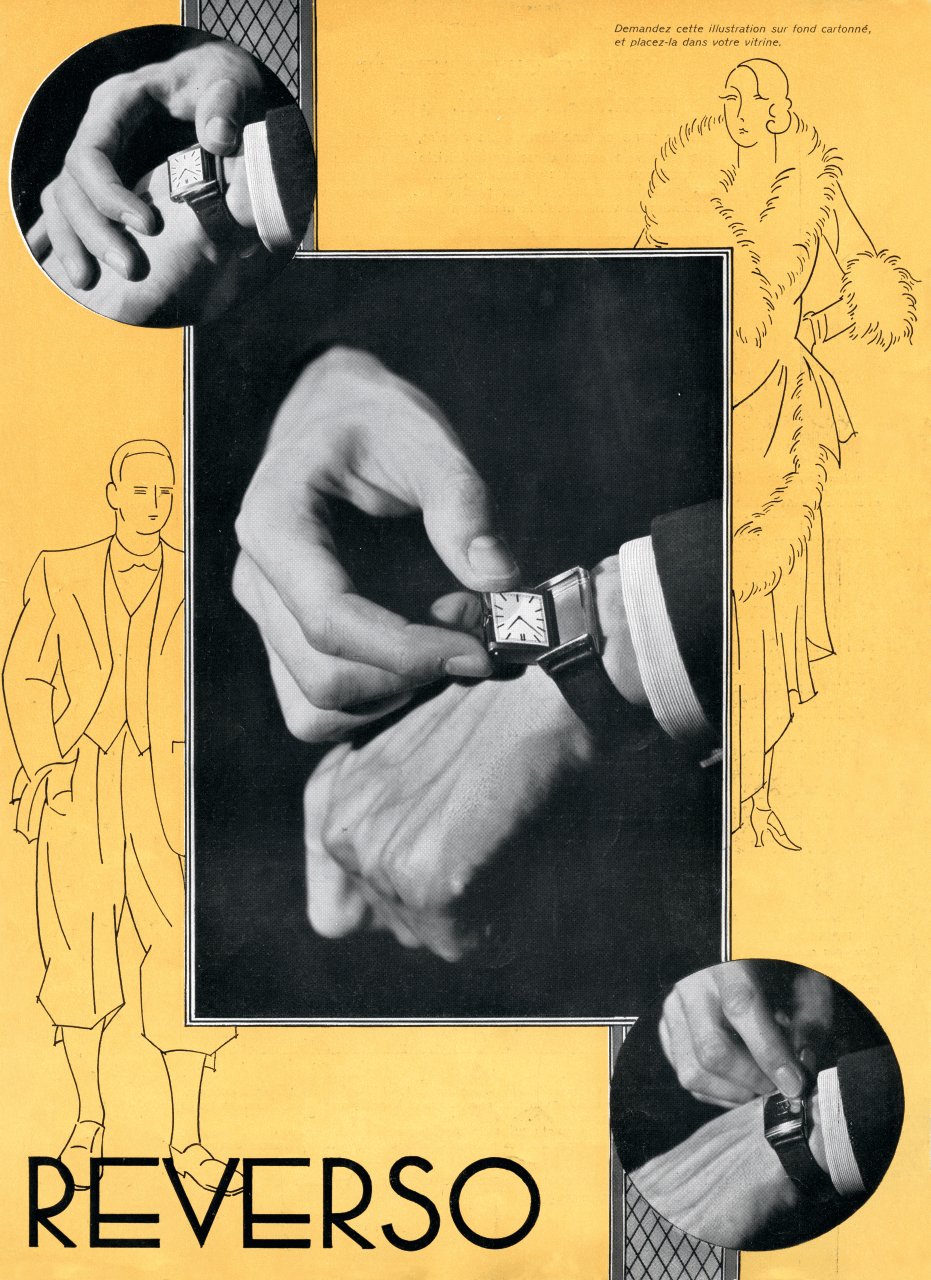
A classic advert for the Reverso from 1932, highlighting its Art Deco aesthetics, courtesy of Jaeger-LeCoultre.
This female following was no accident either. Early in the production of the Reverso, they began producing smaller ladies’ pieces that could either be worn on a thin cord strap, or as a pendant. Clearly, these became quickly removed from their utilitarian origins, as they found their way onto the wrist and into the purses of party goers, rather than polo players.
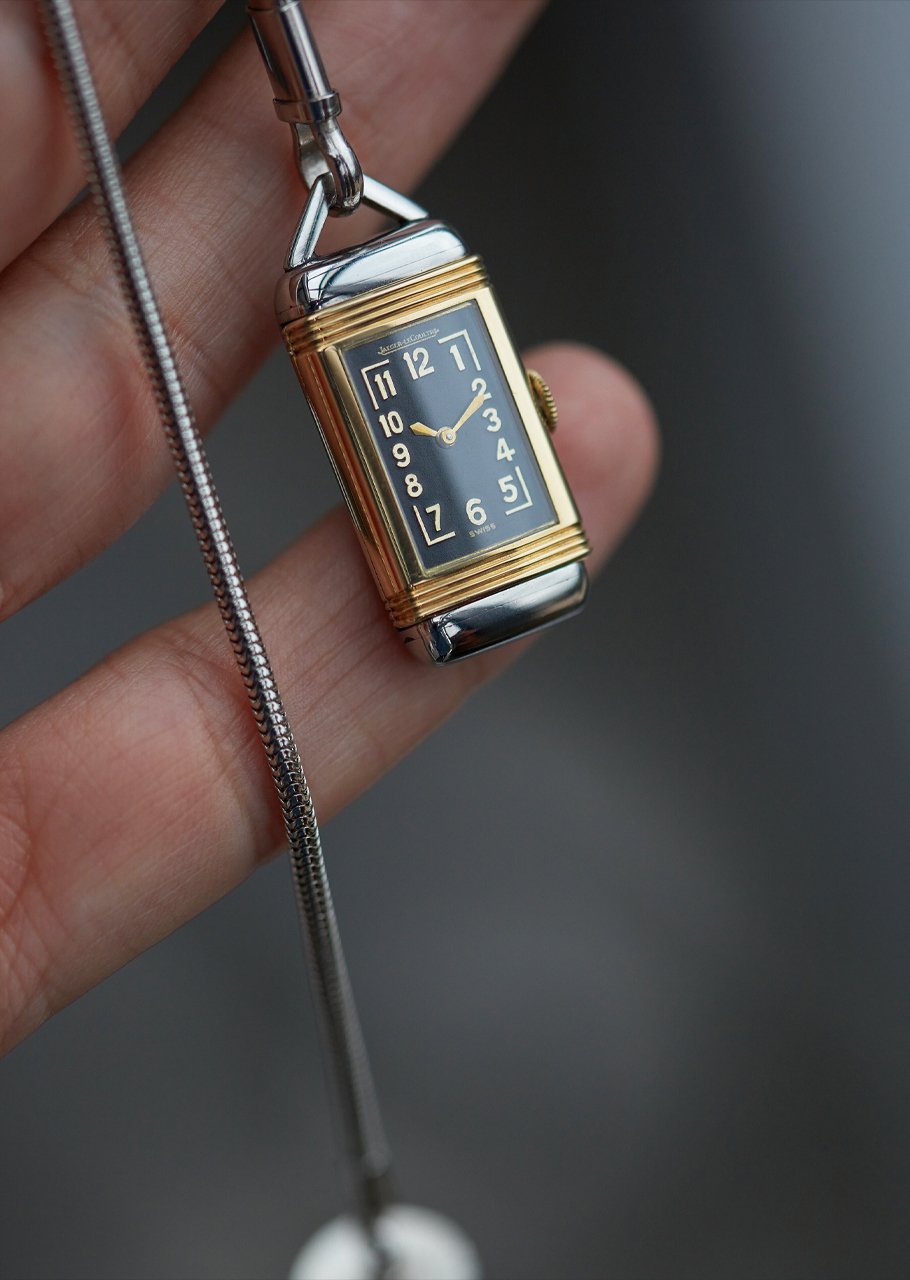
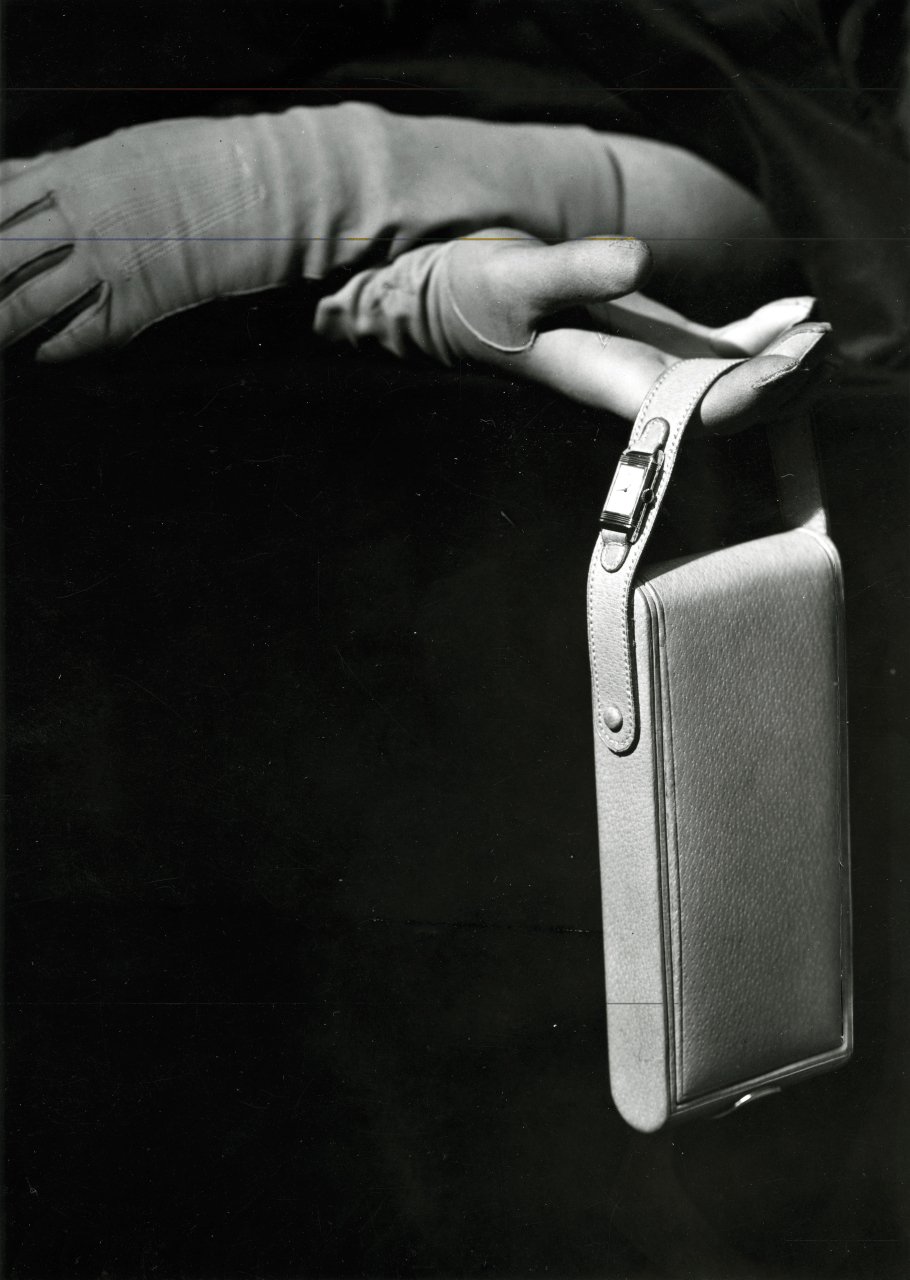
The move towards styling the Reverso for women came very early on, a pendant Reverso from 1938 and an advert showing one attached to a lady’s handbag from 1935, courtesy of Jaeger-LeCoultre.
Unfortunately, these hedonistic days of swinging jazz parties and opulence were short lived. The breakout of the Second World War would see a seismic shift in purchasing behaviour and public attitudes, with dainty, hard-to-read watches falling to the bottom of everyone’s priority list.
Not only were customers no longer willing to buy these, but Jaeger-LeCoultre, as they were now known, had to start producing functional, utilitarian watches to supply armed forces. Moving from timing chukkas on the field, to helping navigate bombing raids meant a sizeable pivot in their product offering.
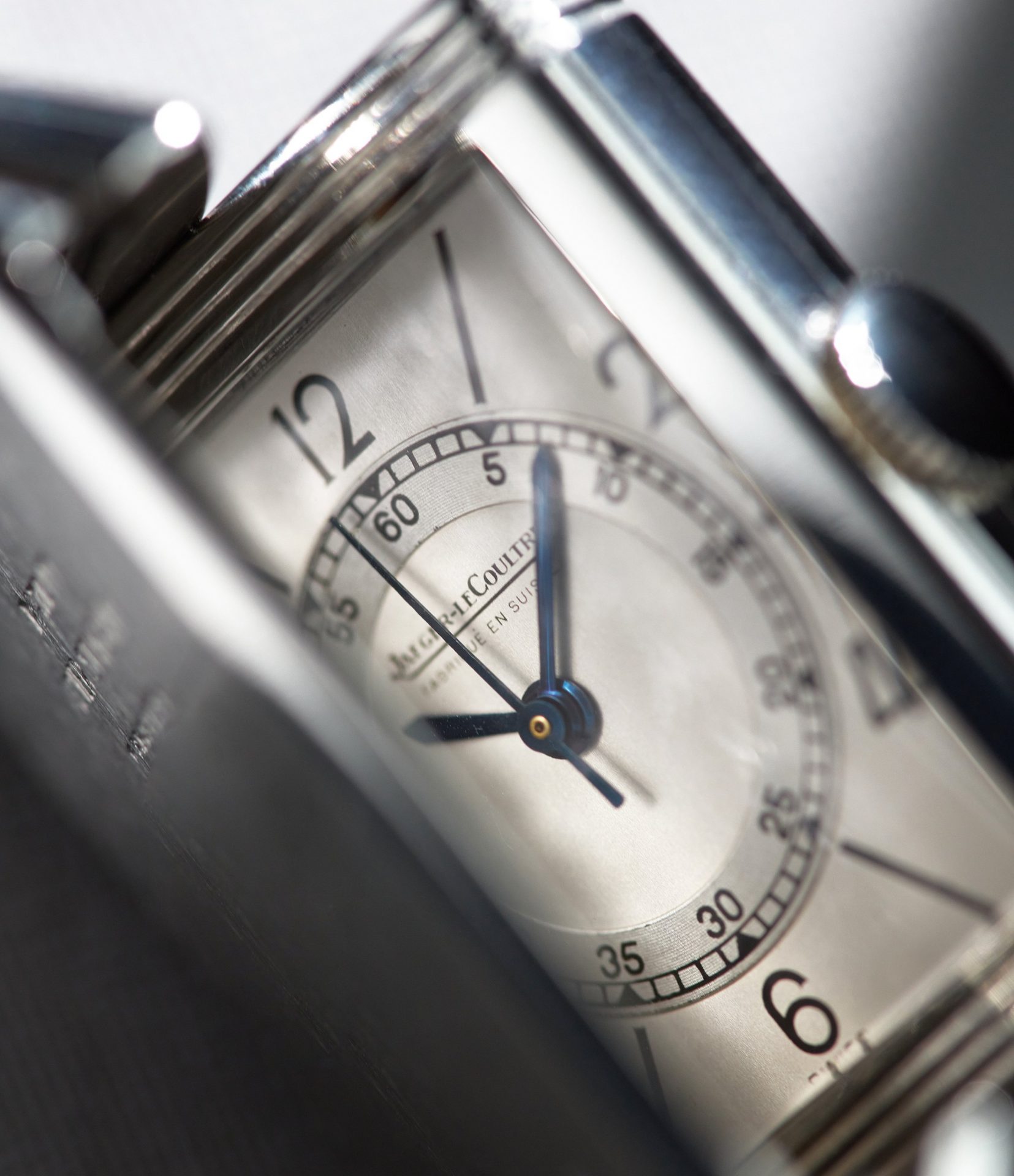
A white dial Reverso from 1933.
As a result, the Reverso fell out of production for several decades with the last model reportedly being produced in 1948, and it would take an unlikely source to bring it back into the manufacturer’s catalogue. Fast forward to 1972, three years after Seiko had rocked the horological world with their first commercially available quartz watch. Giorgio Corvo, the exclusive Italian distributor for Jaeger-LeCoultre, had an idea. We spoke with his son Michele, and grandson, Jacopo, who still run the family business, GMT Italy, to get the story of how one distributor brought this model back from the grave.
“Giorgio had been in the watch industry since the ‘50s” Jacopo tells us. “Originally he was a distributor for Breitling and then he switched to working with Jaeger-LeCoultre, Vacheron Constantin and Audemars Piguet. When the group was broken up in the early ‘60s he was given the choice of who he wanted to distribute throughout the whole of Italy, and he chose Jaeger-LeCoultre.” The thing that persuaded Giorgio at the time, was that they were the only company out of the three who were a fully-fledged manufacturer. Even supplying movements and parts to the other two companies.
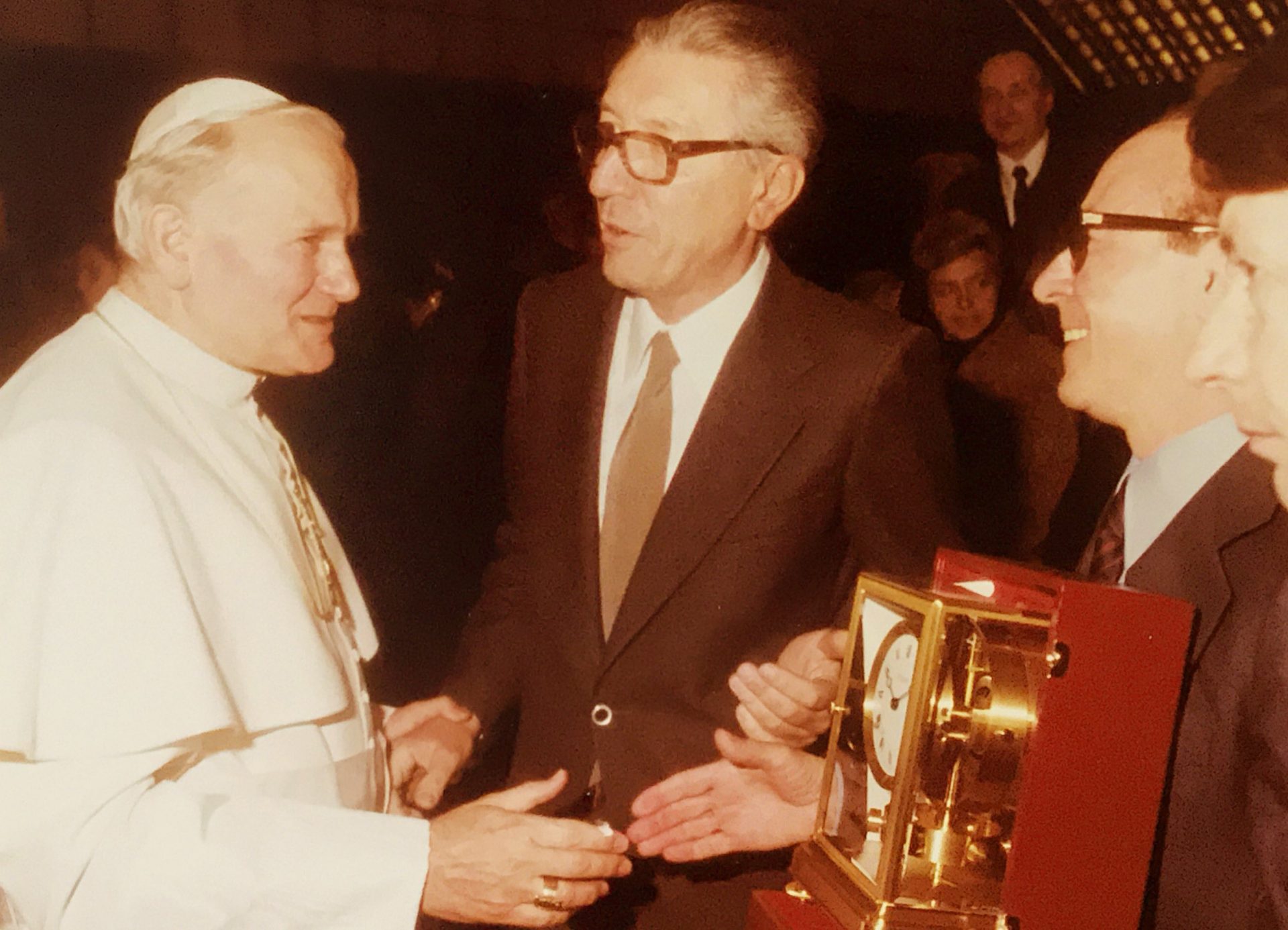
Giorgio Corvo presenting Pope Giovanni Paolo II with an Atmos clock in 1985, courtesy of Jacopo Corvo.
“Every couple of months my father and grandfather” being Michele and Giorgio “would go to the manufacture, mainly to place orders and create custom watches for the Italian market. During one of these trips Giorgio discovered the that they had 200 empty Reverso cases and straight away asked if they had movements and dials and were willing to put it back into production.” To this request Giorgio was given a resounding no, but undeterred he took one case and one dial – they had a set of white and a set of grey dials still – back to Italy to prove that it could be done.
“He showed that you could put a small oval movement” the calibre 480 “inside these old Reverso cases with a custom made ring holding it in place. He took this back to the manufacture, of course he had to do a bit more convincing, but they agreed to follow this plan and produce the 200 pieces.” Michele then interjected “these pieces were only for the Italian market.” It is worth bearing in mind, at this time, Jaeger-LeCoultre sold roughly 200 watches a year in Italy. Giorgio was able to sell all 200 of these new-old stock Reversos in two to three months.
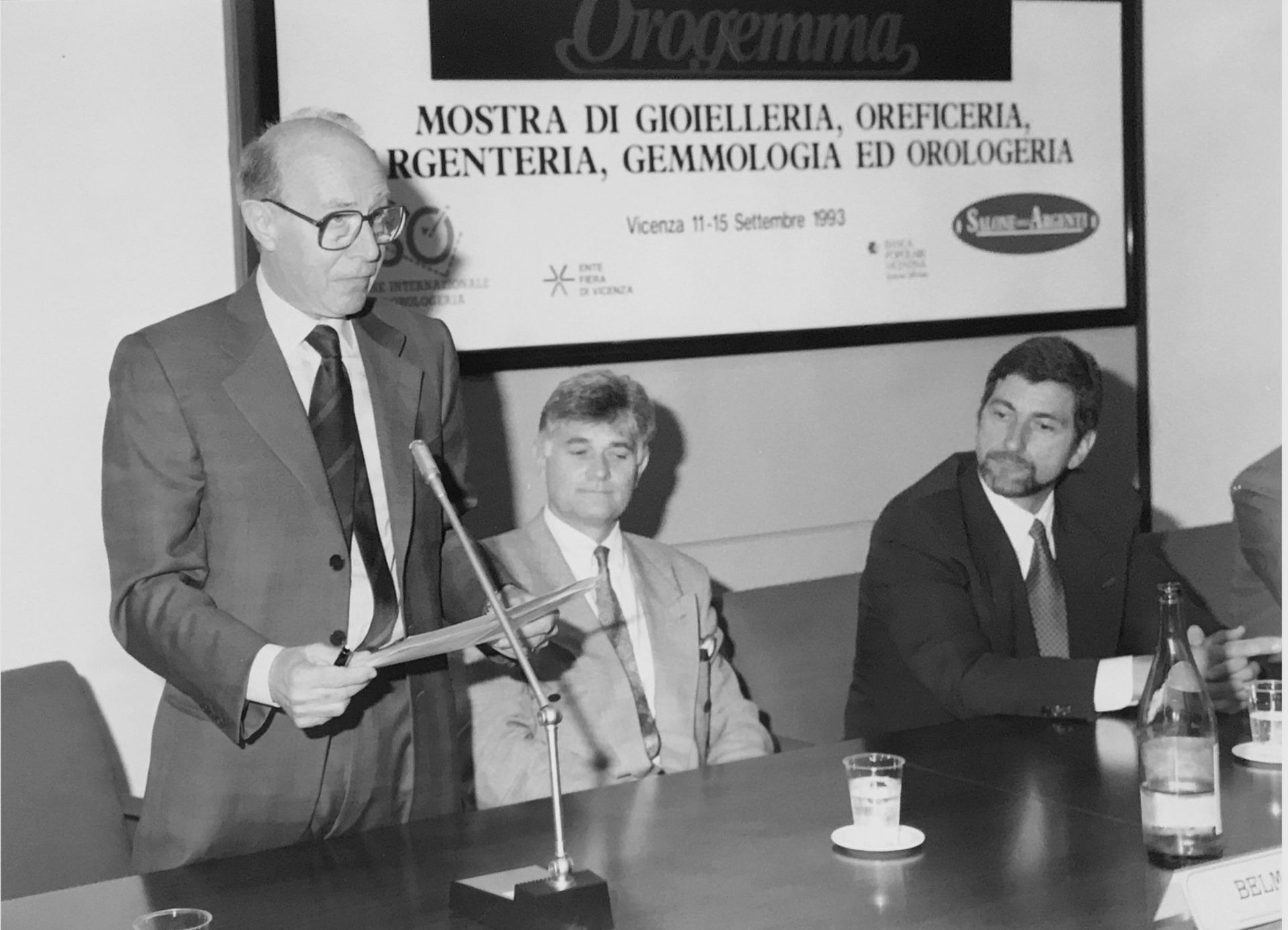
Giorgio Corvo with Henry-John Belmont and Günter Blülein in 1993, courtesy of Jacopo Corvo.
“He sold all of these watches with the help of two or three retailers” Jacopo explains. Giorgio, as the sole distributor for Jaeger-LeCoultre in Italy, had access to the very best retailers in the country, including the likes of Hausmann & Co in Rome. After this storming success, the brand set to work bringing the Reverso back to the regular catalogue. Slowly and steadily it was introduced, originally, only to the European market, so it was only Giorgio and his counterparts in France and Germany that really had access to these early releases. All three were close to Henry-John Belmont, the CEO at the time, and, Giorgio especially, would have meetings with him and Janek Deleskiewicz, the head of design, to give shape to this line moving forward. Deleskiewicz was the man who would go on to design the special 60th anniversary edition, released in 1991.
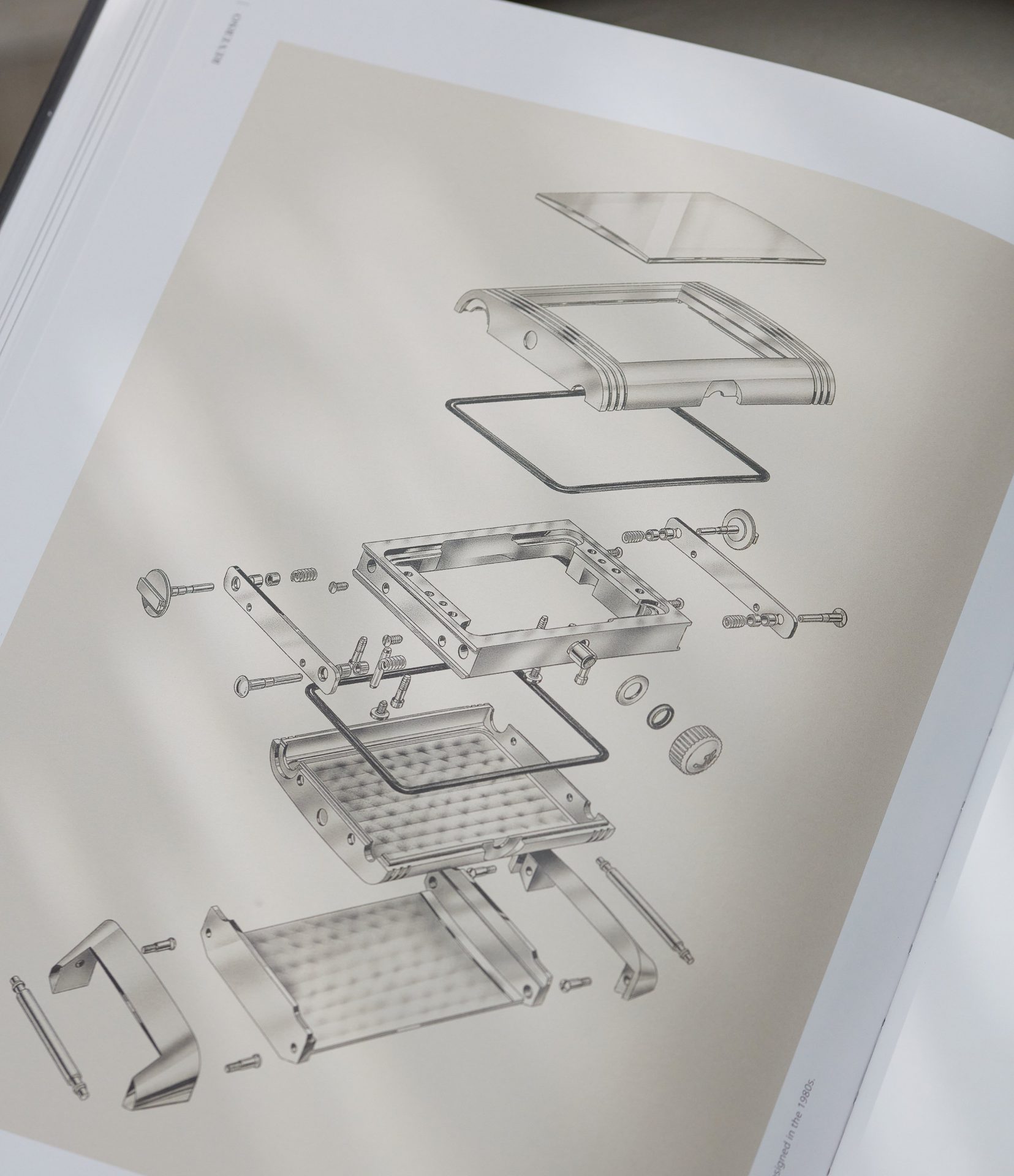
The new case designed by Daniel Wild.
It would take the work of engineer Daniel Wild to redesign the Reverso case for the standards of modern consumers. Between 1981 and 1985, he integrated up-to-date technologies, ensuring it was fully dust-proof and secure, while retaining its original charm. The first Reverso case was made of 23 components, whilst this new design incorporated 55.
This newly secured watch proved to be a great success, and it convinced the brand to create a special edition to mark the design’s 60th anniversary. This, as many will be familiar with, was the Soixantième. Produced in 500 pieces in rose gold, the caseback incorporated a sapphire display window, allowing viewing of the new calibre, for the very first time. It was this new movement that led to the case needing slightly larger proportions, not only to suit the tastes of the time, but also to allow for more complications to be incorporated in the future. Five more of these limited editions would follow suit, incorporating everything from a tourbillon, in 1993, to a minute repeater, one year later.
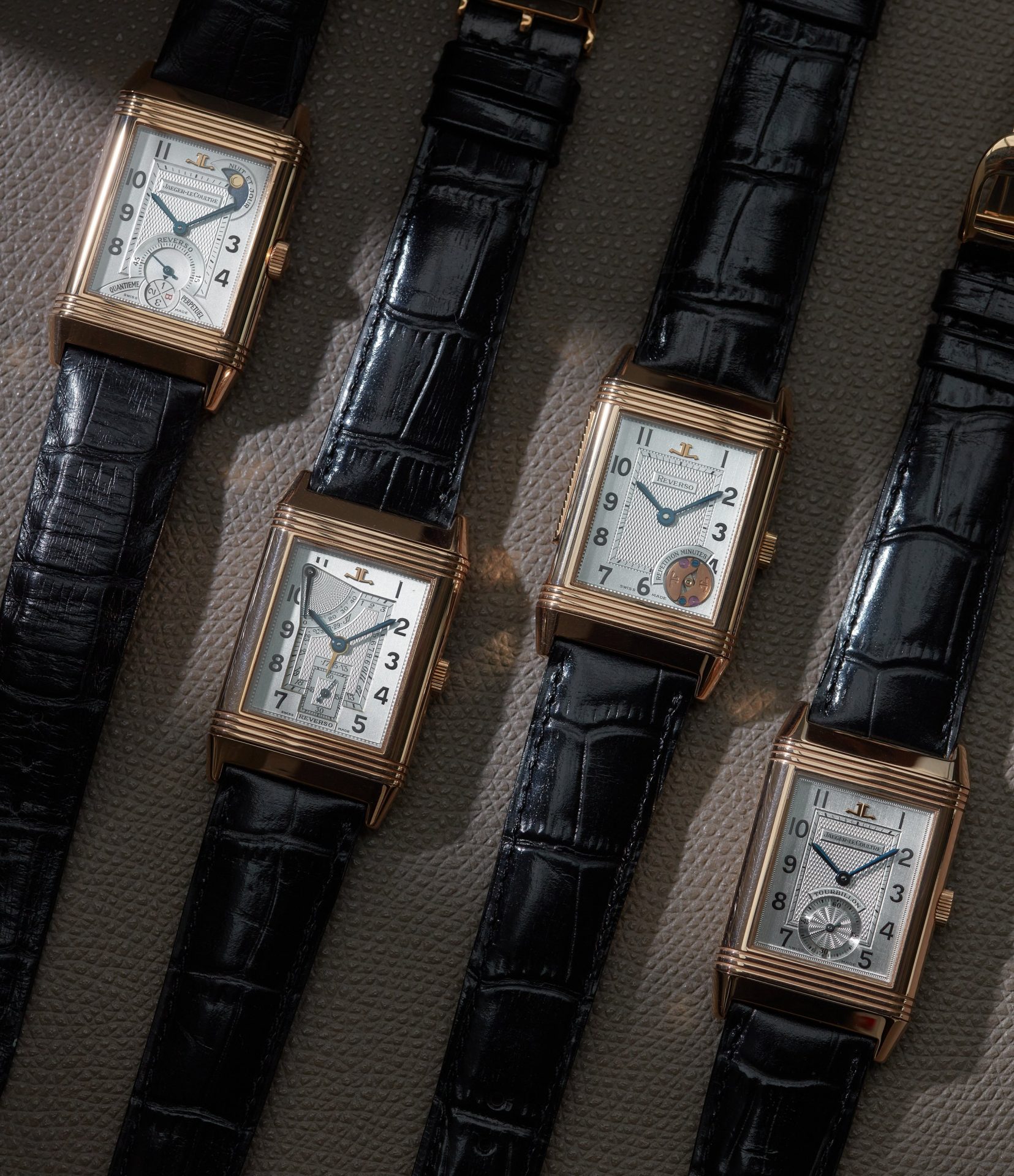
Four of the six limited editions that Jaeger-LeCoultre created following the rebirth of the model.
By this point, the Reverso had firmly established itself in the brand’s roster. Leaning on its long heritage and displaying their latest horological feats, it was ticking every box for collectors. But the true collectability – and desirability – of these pieces comes from the endless possibilities that sprung from its innovative design.
A Blank Canvas
While the original Reverso left a blank caseback for maximum protection from a stray polo mallet, the opportunity to utilise this space to express oneself was quickly realised. It began with simple engravings and more colourful enamel filled ones, often representing emblems, logos, coats of arms and other insignia.
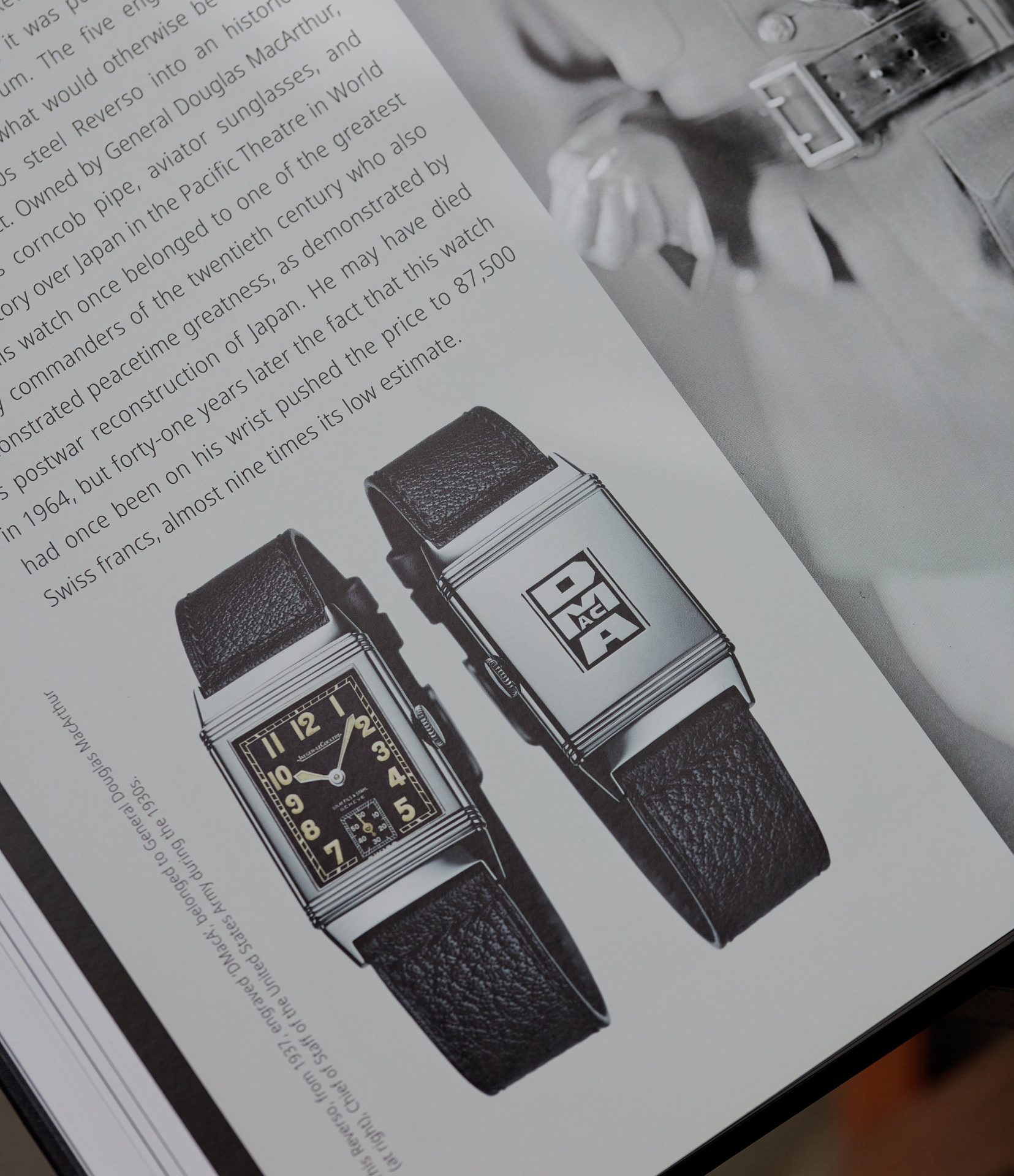
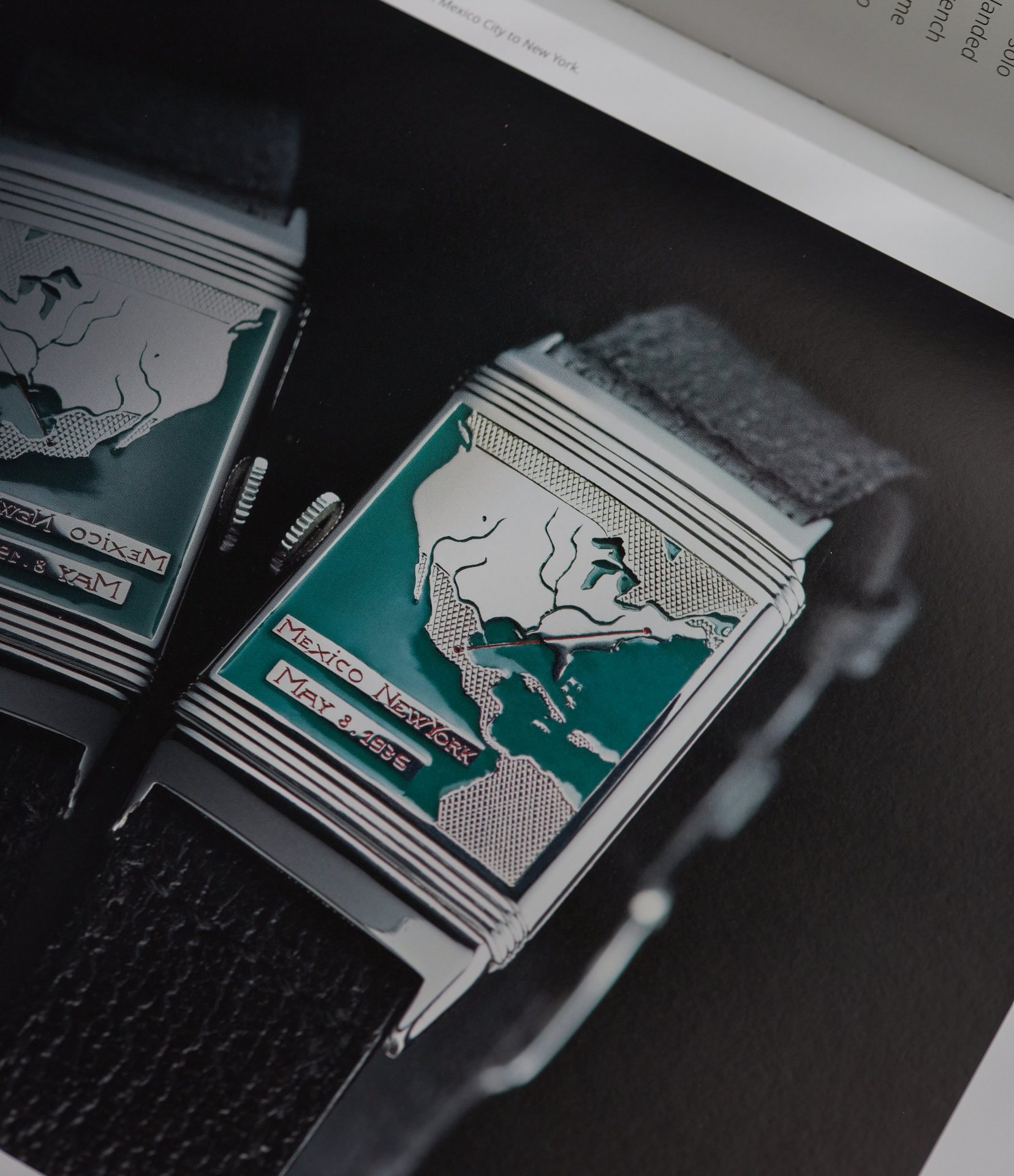
The caseback engravings and lacquer-work for General Douglas McArthur and to commemorate a historic flight by Amelia Earhart.
It didn’t take long for this canvas to take on more intricate art forms. Miniature enamel painting was first realised by Jaeger-LeCoultre in 1936 with the image of a, yet to be identified, Indian Princess on the back of a Reverso. When this commission first came in, LeCoultre didn’t have the capabilities to carry-out such an intricate piece of artwork. However, instead of simply outsourcing the job, they had the foresight to build up their in-house abilities and today, this metier is still very much a part of the Reverso’s offering.
A number of individuals and institutions have made the most of this empty space on the back of the watch to emblazon their crest. One of the more famous examples of this is the British Racing Drivers’ Club, with a model from 1937 showing their enigmatic logo. Even bodies such as Eton College are known to have placed their coat of arms on the back of a Reverso. We were lucky enough to handle an example of one that had the Order of the Thistle insignia from 1933, that was completed in engraving and coloured lacquer.
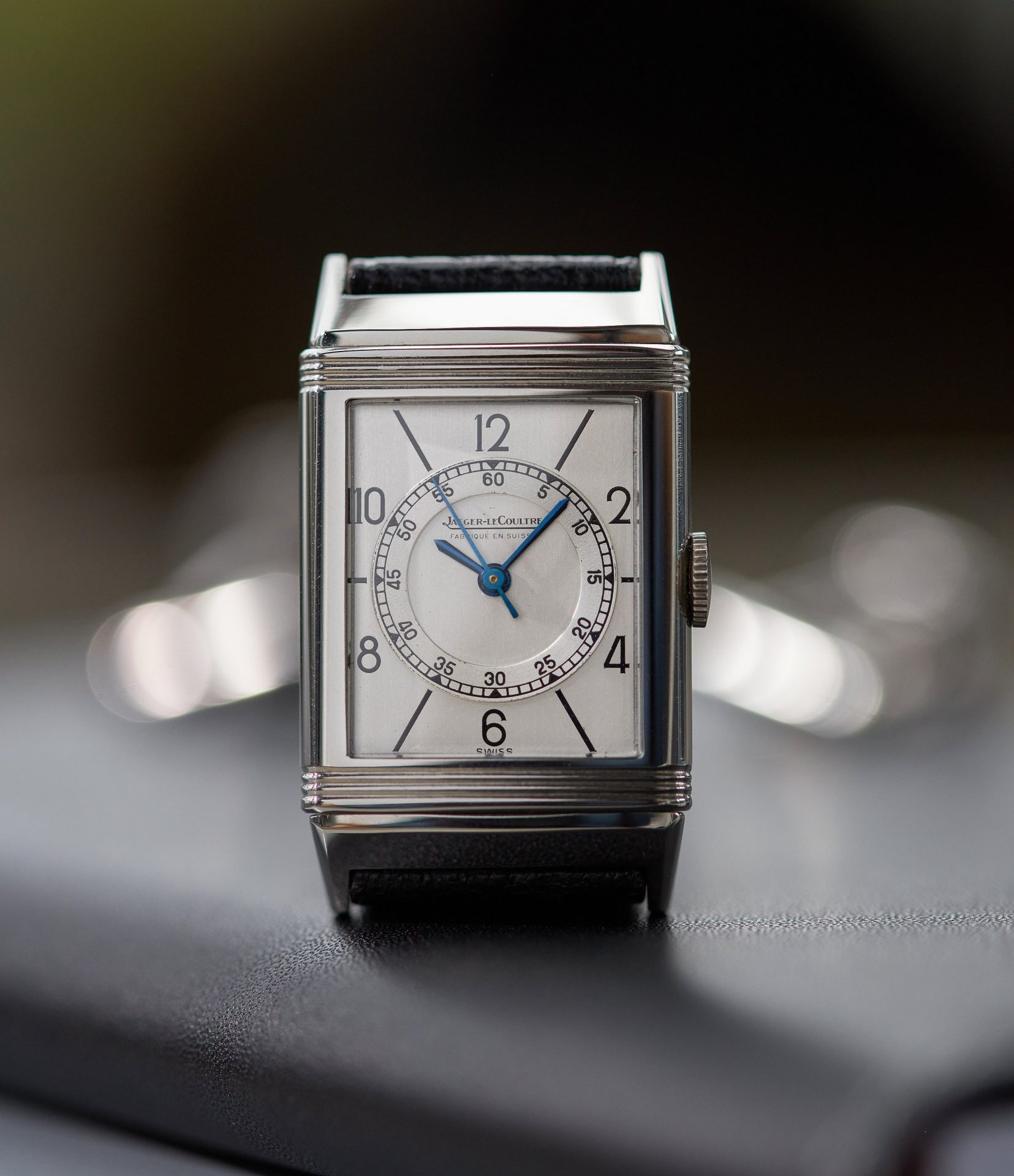
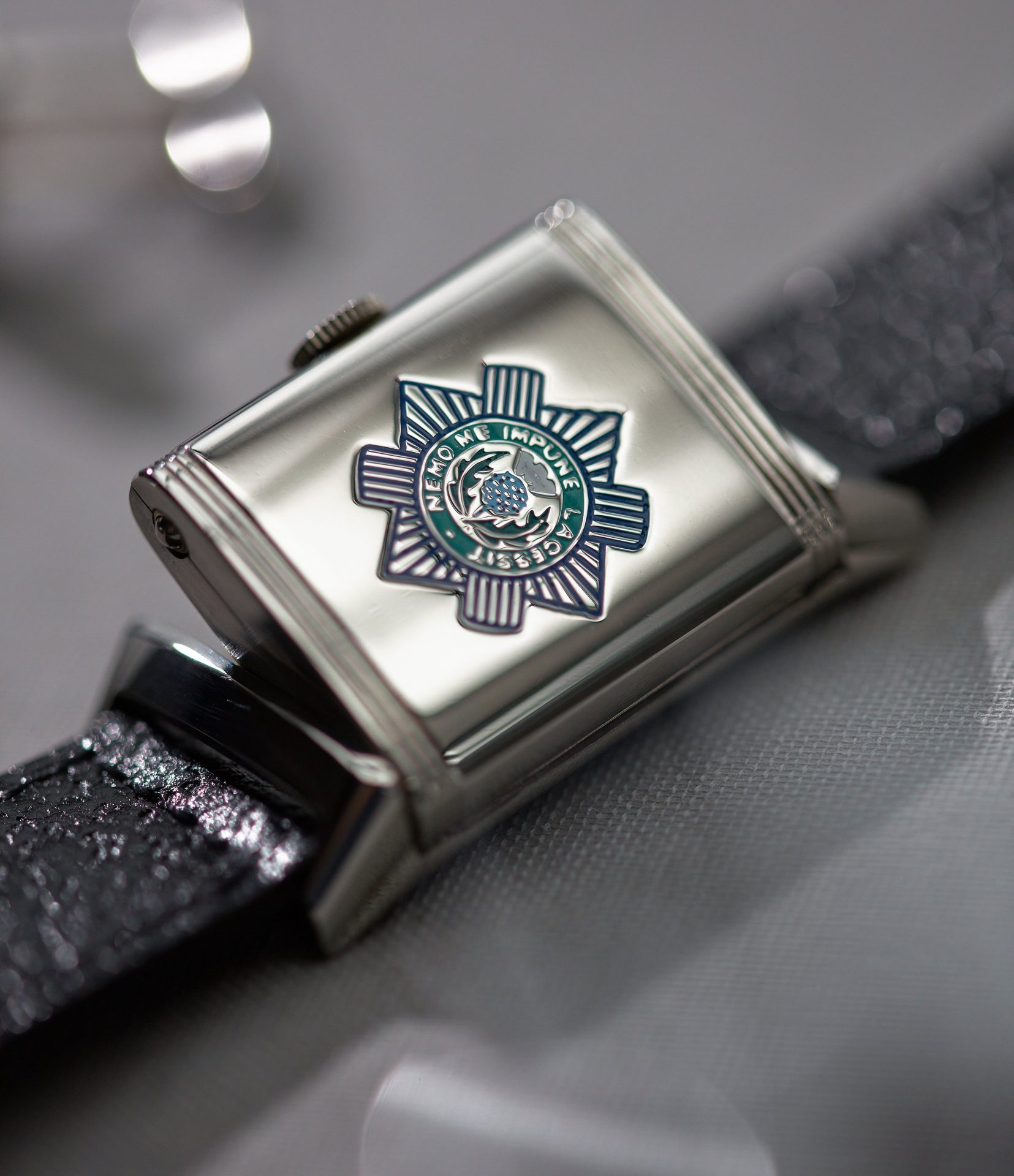
A reverso from 1933 with the Order of the Thistle emblem depicted on the caseback by engraving and lacquer.
The case configuration of the Reverso also provided the opportunity to integrate complications in a novel way, in more modern times. For its 60th anniversary, we start to see the very first use of a second dial on the reverse of the watch, adding an additional dimension to the swivelling design. Released in 1994, the so-called Duoface allows you to track two time zones with just one movement, powered by the calibre 854.
The use of two separate dials on the same watch afforded the opportunity to create complementary and contrasting designs, which balance each other out. Indeed, the original Duoface had one in white and the other in black, with the white dial following the square silhouette of the case, whilst the black opted for a round dial and sub-dial, creating a wonderful juxtaposition. This model has stayed a part of the catalogue ever since. There was also a more feminine version released three years later called the Duetto, which still showed the time on two dials, yet was only capable of showing one time zone.
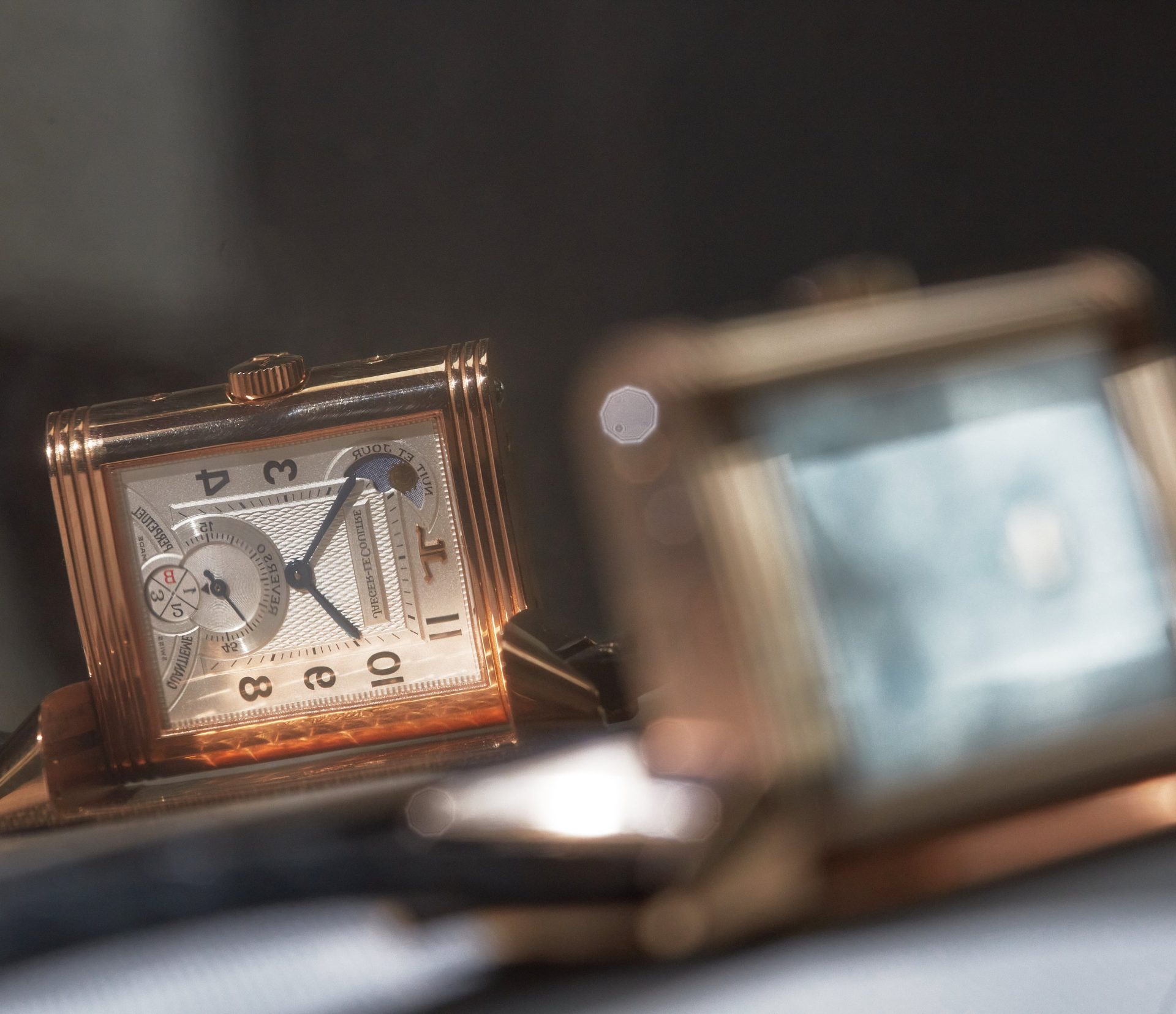
The back dial of the perpetual calendar limited edition released in 2000.
Of course, these wouldn’t be the most complicated pieces to come from this family. The anniversary series that includes a perpetual calendar, minute repeater and retrograde chronograph all represent the brand’s desire to display their mastery of complication. All produced in limited numbers, in rose gold and platinum, these pieces signalled the new era of Reverso at Jaeger-LeCoultre. Whilst some certainly prefer the more restrained approach of the earlier pieces, this does signal the manufacture’s willingness to carry forwards the design, into modern times.
The Community
The community of collectors who focus on the Reverso isn’t one that gets as much attention, yet they tend to study these pieces very closely. Jaeho Chang is one of those who, alongside his rare Reversos, also seeks out esoteric pieces from vintage Ulysse Nardin, to Rolex Bubblebacks, all of which can be found in his watch roll. “I’m not sure why there isn’t a community of collectors around these watches, like there is around other important pieces like the Nautilus or Royal Oak,” Chang ponders.
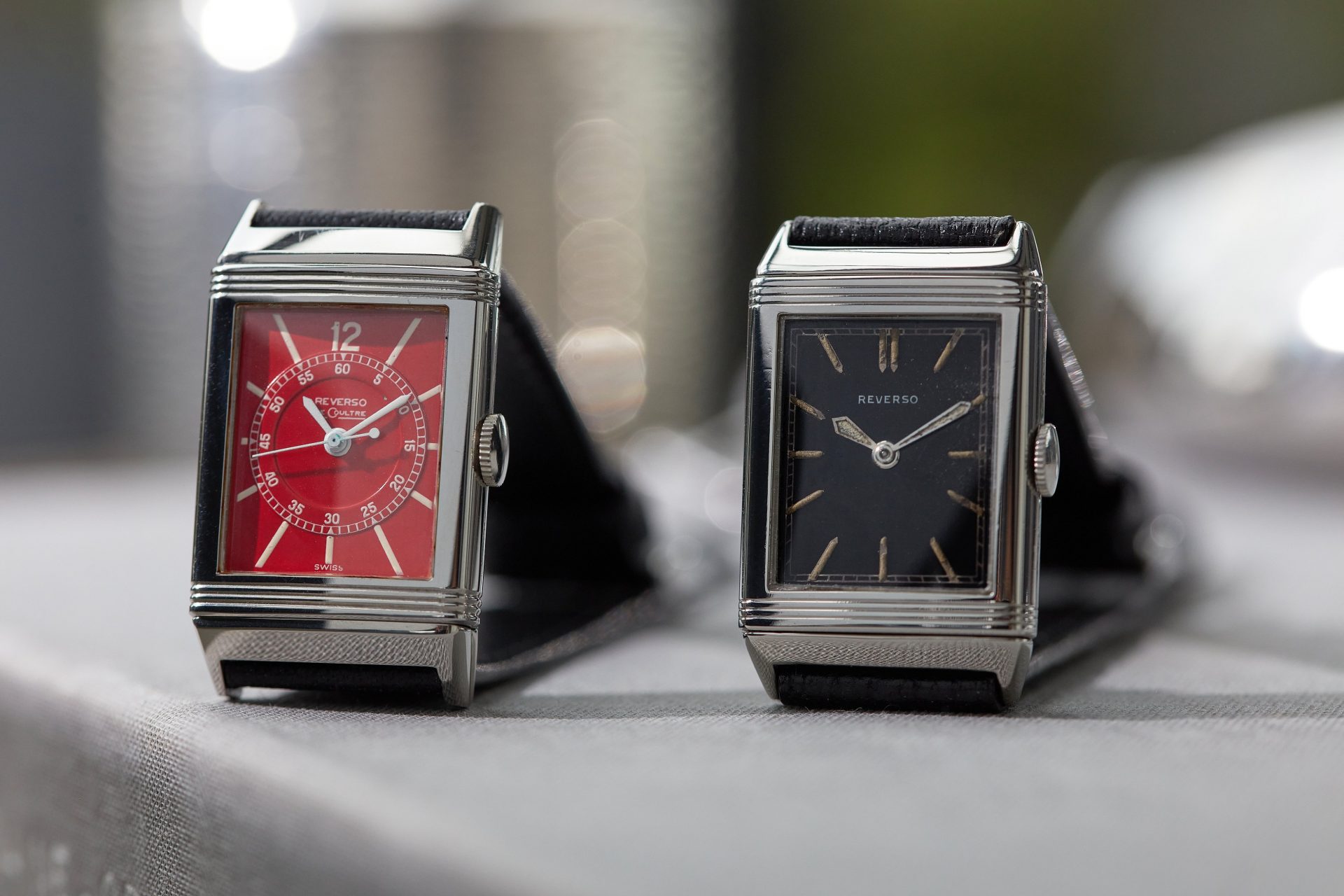
Two early Reversos, the black dial from 1931 and red from 1939, that the small community around these pieces adore.
Though the success of the Gerald Genta designs are perhaps an inadequate benchmark, it does also lead us to consider the Reverso under a certain angle. After all, it has a rich history, an iconic design, desirable iterations, and continued modern production. The more niche appeal of the design could be partly down to the fact that it fell out of production for several decades. Because of this, there are fewer pieces to be hunted down, which naturally limits the number of collectors which can be involved in this market. The more restrained proportions, and classic aesthetic, also probably contribute to this.

Jay-Z wearing a Reverso, courtesy of Elle Magazine.
An adequate comparable could be the world of vintage Cartier, which spans from the 1920s to the ‘70s, and that long remained the focus of a small, dedicated group of collectors. The same elements of scarcity, classic design and distinctive aesthetic are at play. After all, the discreet nature of the Reverso is part of the appeal for many which choose to focus on these. As an anecdotal example, when the rapper Jay-Z asked Ben Clymer, the founder of HODINKEE, for the most “non rapper watch” he could wear for two performances at Carnegie Hall, he chose a Reverso.
For those that focus on them, there is much to be discovered and appreciated. “You can find some really rare ones out there, especially those from the ‘30s, like two that I own,” Chang tells us. Indeed, his two early pieces are amongst the earliest produced. One is signed LeCoultre, with their first in-house calibre, which is easily identifiable by the use of the small seconds. Meanwhile, the other is unusually signed Uniplan, and runs off the first Tavannes movement.
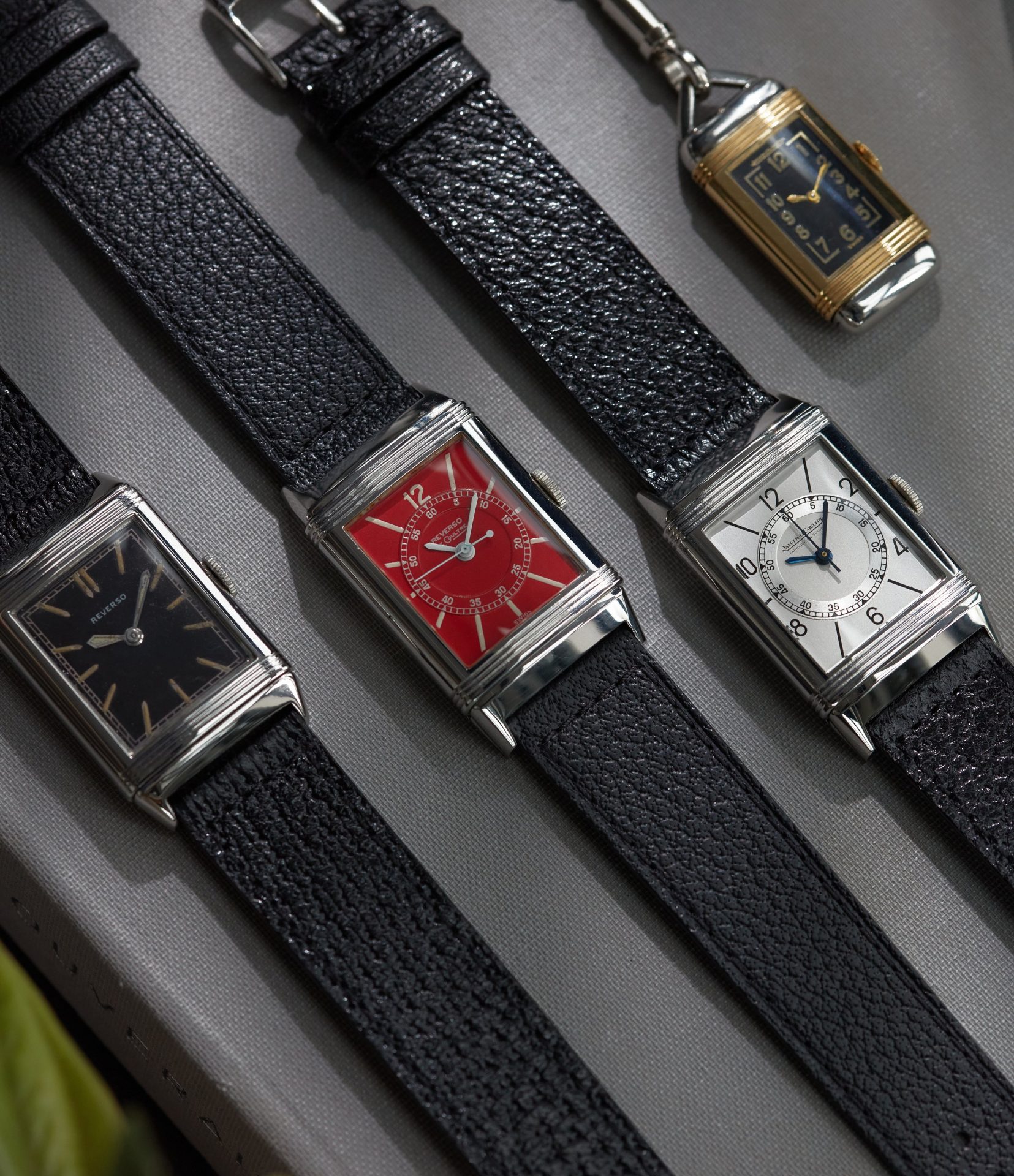
A selection of vintage Reversos from the company’s archive highlighting the early variation that can be found.
This Uniplan version isn’t the only Reverso to be signed by a different company. Early on, de Trey made the decision to sell these cases to other brands to use, which is why you can find them signed by Patek Philippe, Vacheron Constantin, Cartier, Hamilton, and even Favre Leuba, all dating from the ‘30s. Of course, you can also find double-signed examples, with the carry the name of the retailers which would have sold these, such as Hausmann, based in Rome. An advertisement from 1935 also shows that Hermès used to sell some of these, from their store on 24 Rue du Faubourg Saint-Honoré.
“You can find some really rare ones out there, especially those from the ‘30s, like two that I own.”
If you’re in search of more variation, the Reverso was also one of the first models to truly embrace coloured dials in a meaningful way. In the first ten years of its production, it’s possible to find seven different dial colours, including bright red, navy blue, and champagne. Many of these were made from lacquer, which gives them a distinctive sheen. You can also see a rare dial variation in Chang’s collection, with hard enamel Arabic numbers on a black dial, really accentuating the Art Deco characteristics of the piece. Some of these colours – notably the red and the green – have been brought back in recent times, as the manufacture nodded to the past.
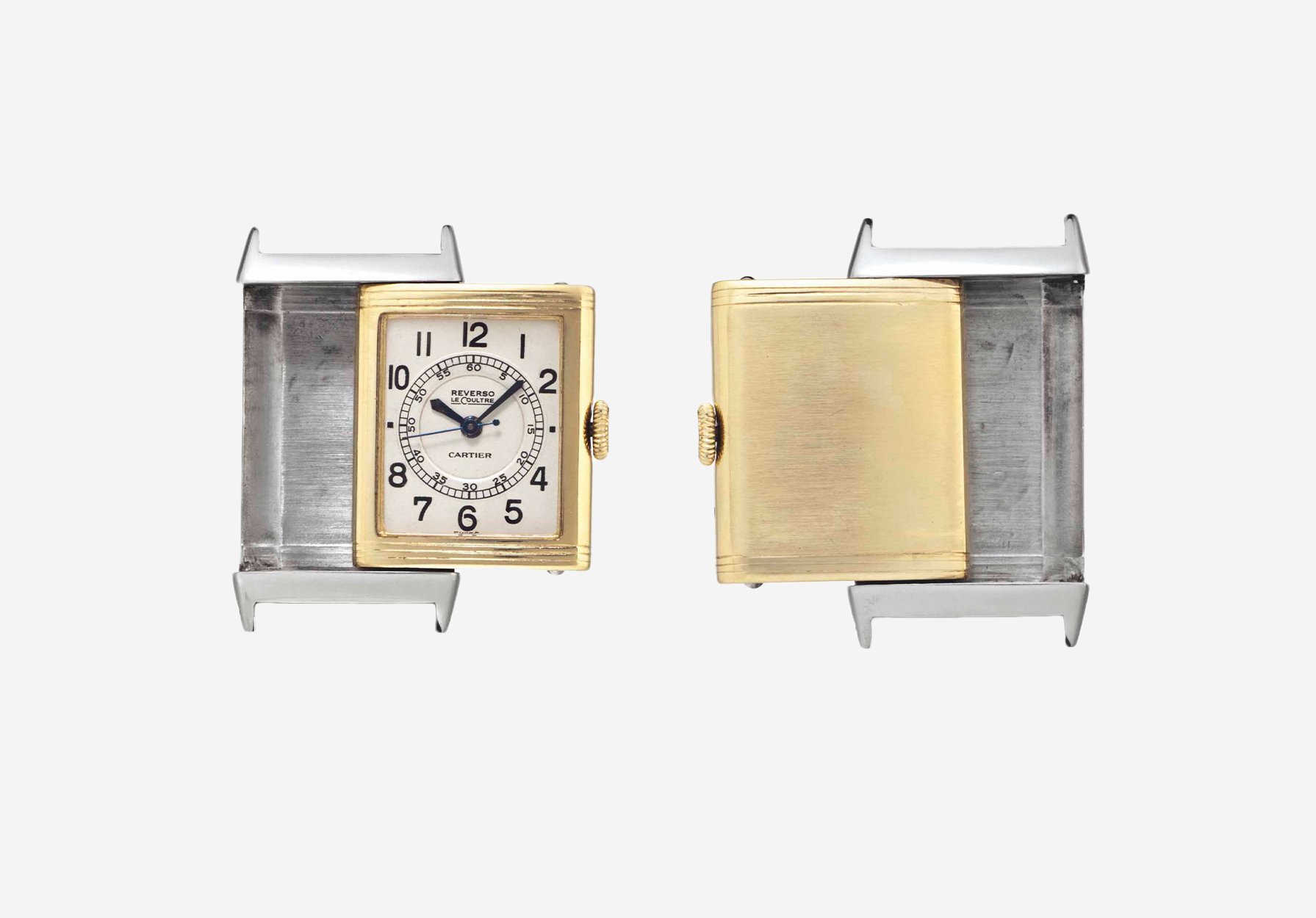
A hard to find double signed Reverso with a Cartier double signature, courtesy of Christies.
Something that Chang points to, as a highlight, in collecting Reversos is the hand-painted casebacks. While Jaeger-LeCoultre are not unique in having the ability to produce miniature artworks on their watches, you are more likely to find this displayed proudly on the dial, such as the enamel dials from the likes of Patek Philippe, Vacheron Constantin or Rolex. In a far more reserved approach, mainly because of the swivelling design of the case, many of these are hidden from sight.
In more modern times, the brand has also used the Reverso as a platform to showcase its watchmaking credentials. This includes the world’s smallest movement, the calibre 101, which can be found flouting in the Grand Reverso 101 Joaillerie, where it is suspended in sapphire crystal. They have also produced a number of grand complications in the Reverso case, including the Grande Complication à Triptyque. This model is so packed with complications that they had to place the perpetual calendar display in the case carriage, which is then moved once a day at midnight by a small pin actuated from the main case.
Parting thoughts
Given the rich heritage of the Reverso, it’s clear to see why it is so important to a company such as Jaeger-LeCoultre. Arguably one of the first sports watches ever designed, it offers a romantic origin story, compelling aesthetics and an interactive design which has certainly captured the hearts of many enthusiasts.
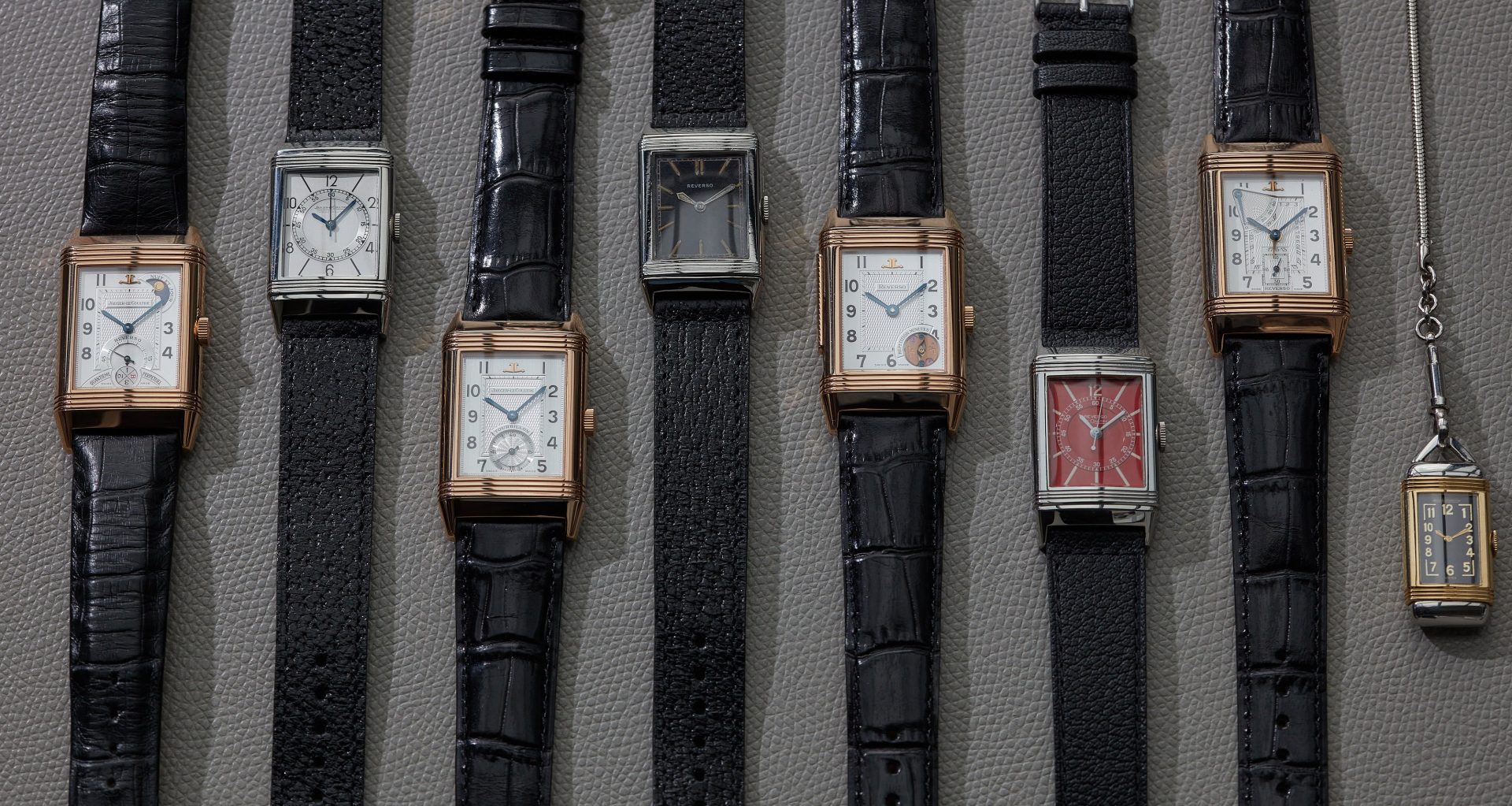
Just some of the pieces that belong to the Reverso family.
Because production was ceased for several decades, and few watches remained preserved nowadays, collecting the Reverso comes with its own challenges. However, for those who have chosen to dedicate their time to studying and hunting these down, it can mean owning one of the most interesting pieces from the early days of wristwatches.
We would like to thank the archive department at Jaeger-LeCoultre for the opportunity to handle and photograph pieces from the museum collection, the Corvo family for sharing their unique insight on the past of this model, as well as the collectors who shared their insights for this article, including Jaeho Chang.

